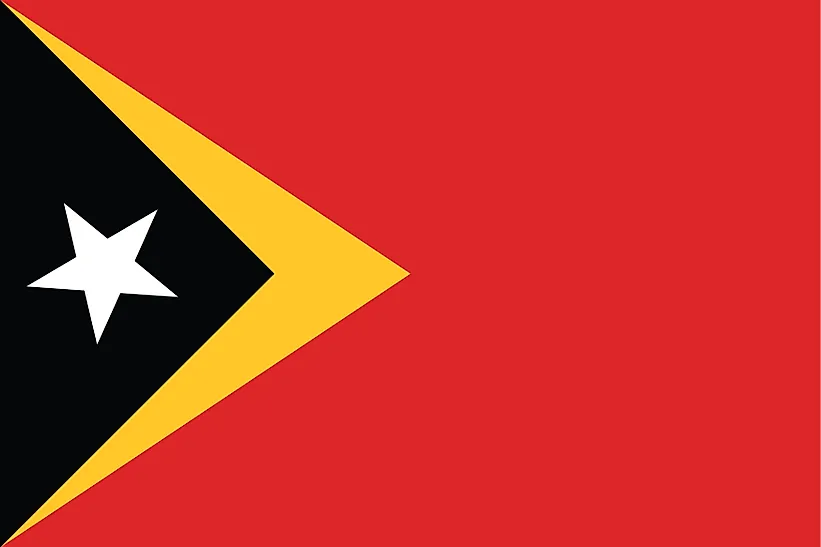
East Timor
| Continent | Asia |
| Capital | Dili |
| Population | 1,261,072 |
| GDP | $4.98 Billion |
| GDP per Capita | $4,200 |
| Dialing Code | +670 |
| ISO Code (2-letter) | TL |
| ISO Code (3-letter) | TLS |
East Timor Landscapes






About East Timor
Welcome to East Timor (Timor-Leste), a nation of resilience and natural beauty. With approximately 1.3 million people across 14,874 square kilometers, East Timor combines rich cultural heritage with stunning landscapes, standing as one of Asia’s youngest nations.
Geographic Features and Natural Beauty
East Timor’s geography encompasses diverse landscapes from mountains to tropical coastlines. The country features the rugged Ramelau mountain range, pristine beaches along the north and south coasts, and the unique Atauro Island.
The landscape includes tropical forests, coral reefs, and savanna grasslands. The country’s varied terrain creates diverse ecosystems supporting unique wildlife and marine life.
Protected areas include Nino Konis Santana National Park and various marine reserves. The country’s commitment to conservation focuses on preserving its biodiversity while developing sustainable tourism.
Cultural Heritage and Traditions
East Timorese culture represents a blend of indigenous, Portuguese, and Southeast Asian influences. The country’s heritage includes traditional textile weaving, distinctive architecture, and rich oral traditions.
Traditional arts include tais weaving, traditional dance, and ceremonial practices. Cultural practices feature harvest festivals, traditional ceremonies, and the preservation of sacred houses (uma lulik).
East Timorese cuisine combines Portuguese influences with local ingredients, featuring dishes like ikan sabuko and batar daan. The tradition of community gatherings and cultural ceremonies remains central to social life.
Historical Journey
East Timor’s history spans from ancient settlements through Portuguese colonization to recent independence. The country achieved independence in 2002 after centuries of foreign rule.
Significant periods include Portuguese colonization, Indonesian occupation (1975-1999), and the struggle for independence. The country’s path to sovereignty represents a remarkable story of determination.
Modern Economic Landscape
Today’s East Timorese economy focuses on agriculture, petroleum resources, and tourism development. The country possesses significant offshore oil and gas reserves.
Recent initiatives emphasize economic diversification, infrastructure development, and sustainable tourism. East Timor’s natural resources and strategic location support its development potential.
International Relations and Global Position
East Timor maintains active participation in regional organizations while building international partnerships. The country’s commitment to democracy and development extends its diplomatic influence.
Did You Know?
• East Timor is one of the world’s youngest nations, gaining independence in 2002?
• The country’s Atauro Island has some of the most biodiverse reefs in the world?
• Traditional tais weaving patterns are unique to different regions and clans?
• The country was the first new sovereign state of the 21st century?
Conclusion
East Timor represents a unique story of resilience and renewal. From its mountain ranges to its coral reefs, from its traditional crafts to its emerging industries, East Timor continues to develop while preserving its cultural identity. As it addresses challenges including economic diversification and infrastructure development, East Timor remains committed to progress while maintaining its position as a young nation with ancient traditions.